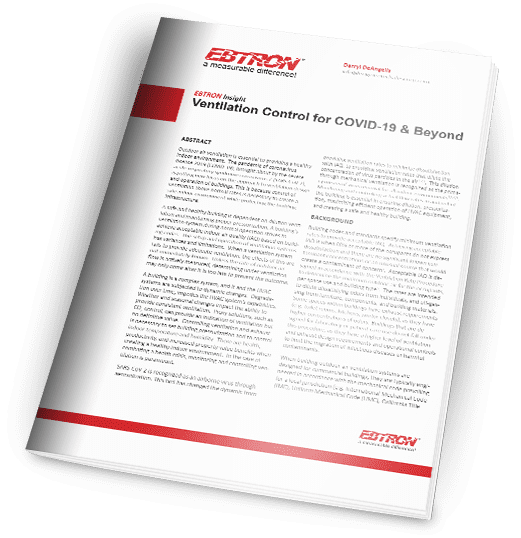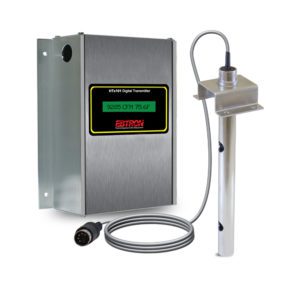Maintaining space relative humidity between 40-60% helps decrease the amount of infectious respiratory droplets desiccated into aerosols that can travel further distances and survive for extended periods. It also helps the human immune response system to fight viruses.

Title: Ventilation Control for COVID-19 & Beyond
Abstract: Outdoor air ventilation is essential to providing a healthy indoor environment. The pandemic of coronavirus disease 2019 (COVID-19), brought about by the severe acute respiratory syndrome coronavirus 2 (SARS-CoV-2), is putting new focus on the approach to ventilation design and operation of buildings. This is because control of ventilation above normal rates is necessary to create a safe indoor environment while protecting the building infrastructure.
A safe and healthy building is dependent on dilution ventilation and maintaining proper pressurization. A building’s ventilation system during normal operation strives to achieve acceptable indoor air quality (IAQ) based on building codes. The setup and operation of ventilation systems has variances and limitations. When a ventilation system fails to provide adequate ventilation, the effects of this are not immediately known. Unless the rate of outdoor airflow is actively measured, determining under-ventilation may only come after it is too late to prevent the outcome.



